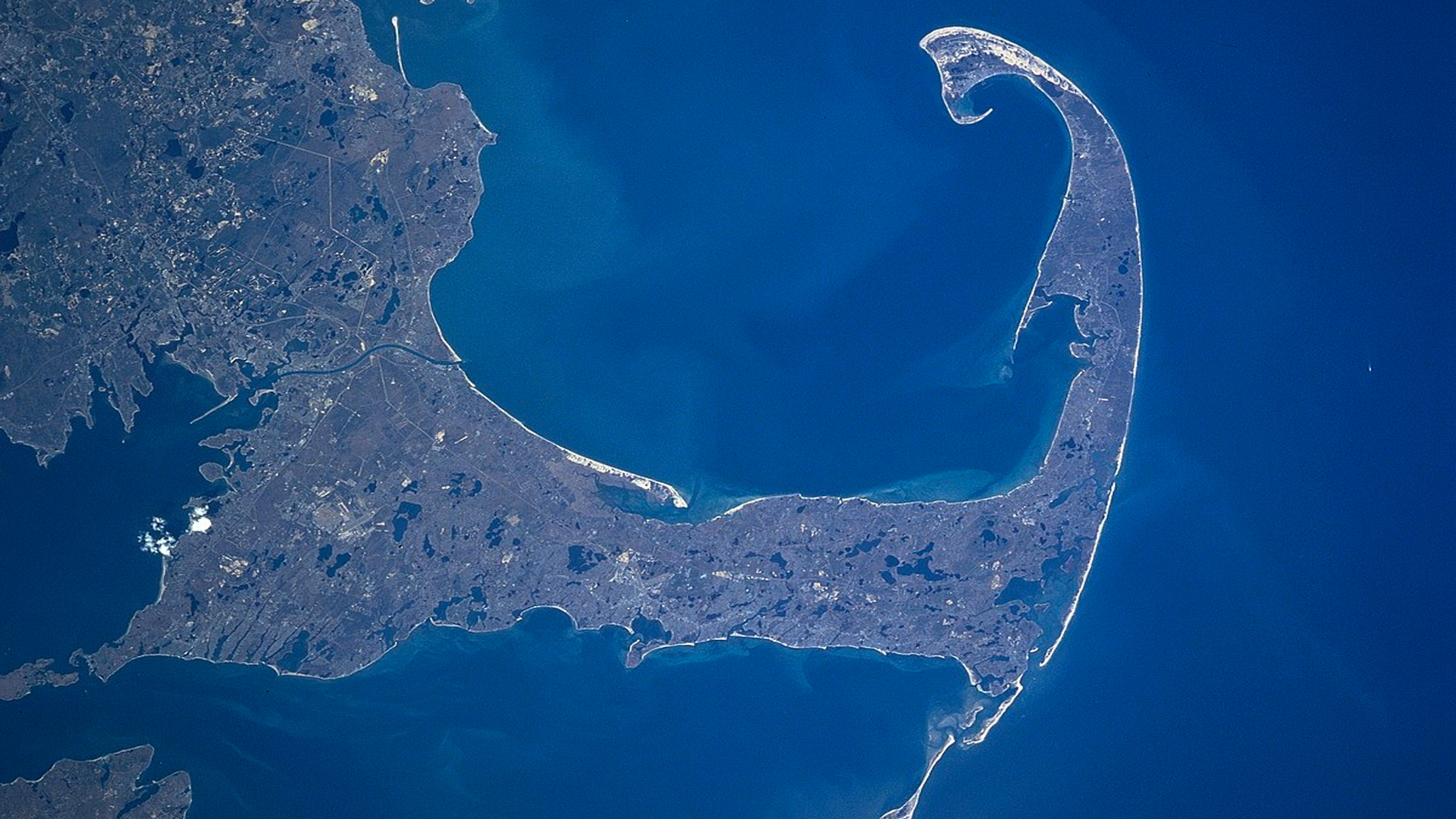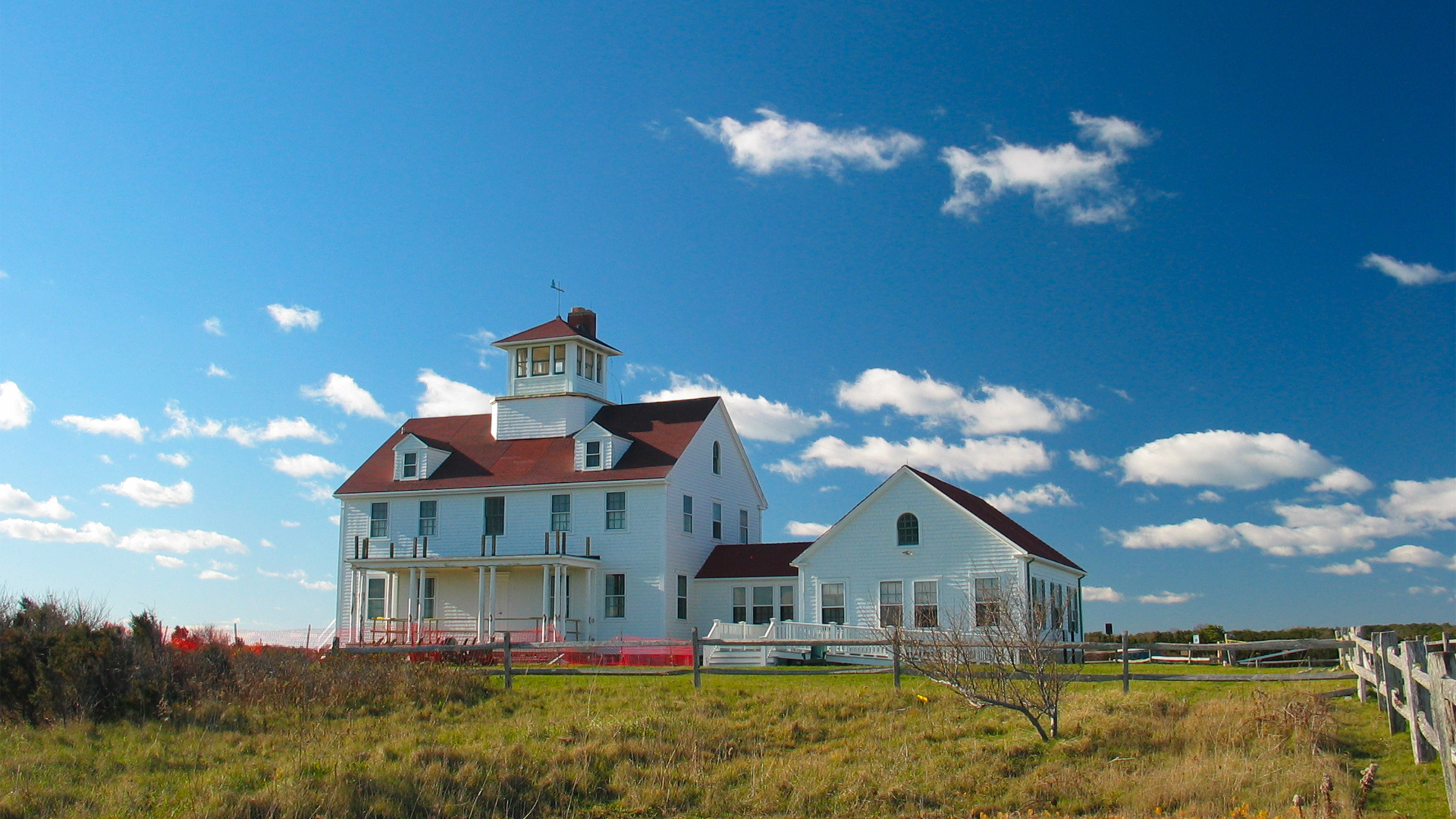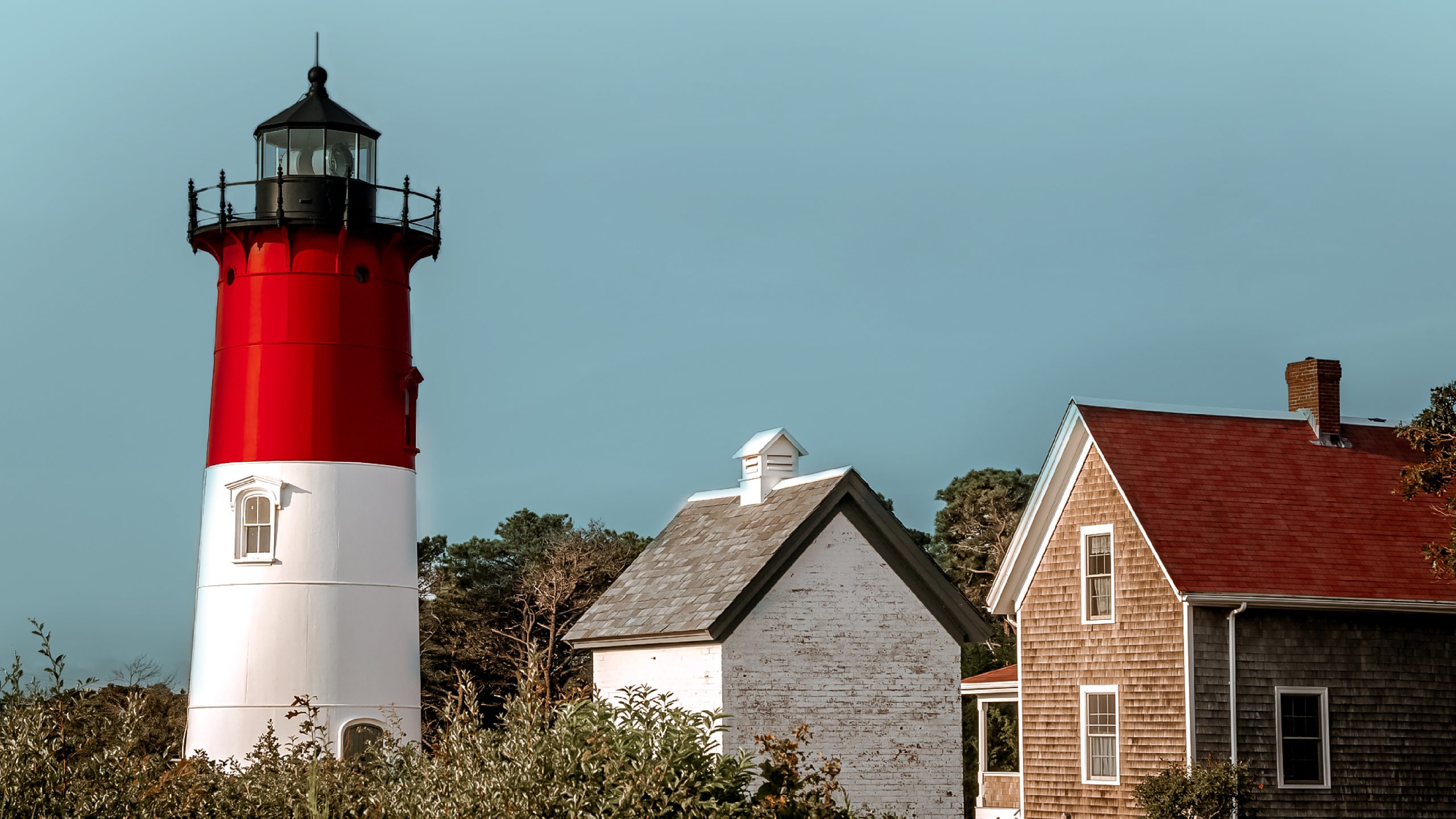Cape Cod is a regional summer destination for more than 5 million tourists each year. In nearby Boston, people of Italian ancestry are the second largest ethnic group in the city, and the Cape draws tourists from nearby states with large Italian American populations including Rhode Island, Connecticut, New York, and New Jersey. Unsurprisingly, there are plenty of places to eat Italian cuisine.
The first European to come across Cape Cod was Italian explorer Giovanni da Verrazzano. The Florentine-born sailor encountered Cape Cod in 1524 on his journey north from Cape Fear, passing New York, Narragansett Bay, and finally Cape Cod. A 1529 map confirms his journey. Verrazzano is credited with exploring the east coast of the United States from Florida to Maine.
Italian immigrants first arrived on Cape Cod as laborers some four centuries later. The Cape Cod Ship Canal company hired close to four hundred Italian immigrants to dig a canal. This early effort began in the 1880s, and the Italian immigrants used shovels and hand tools to excavate close to a mile of a new canal in the swampy marshland around Sandwich along Cape Cod Bay. That effort was abandoned after a decade, however. The canal was eventually built linking Cape Cod Bay with Buzzards Bay in the south, shortening the shipping distance between Boston and New York and isolating the Cape, but it would require heavy equipment rather than Italian sweat.

It wasn't just the canal that Italian immigrants helped build. According to Wicked Local, numerous projects around the Cape were built by Italian immigrants including schoolhouses.
Cape Cod was also home to an early radio transmitter developed by Italian inventor Guglielmo Marconi. He invented a system of wireless communication with the goal of transmitting messages across the Atlantic Ocean. The Italian inventor set up a radio transmitting station in South Wellfleet on the outer cape. The short-lived station famously received a distress call from the Titanic and helped coordinate rescue operations.
Marconi's radio invention was soon obsolesced by newer radio technology, and after just seventeen years was shut down. However, a National Seashore beach still bears the name Marconi as a reminder of the past. The four transmitting towers have all since washed into the sea, with the sand dunes eroding on average about three free per year.
Tourism became a major industry on Cape Cod beginning in the early 1900s. By then the whaling and fishing industry which had sustained the wealth of the area was waning. The remote nature of the lower Cape was appealing to artists and writers with links to New York City. And unlike other summer destinations like Bar Harbor, Maine, and Newport, Rhode Island, the Cape was more open to working and middle-class families. Cape Cod had hotels and inns where rooms for hire allowed urban populations like Italian Americans to visit. In fancier locales, only an invitation to a private residence would permit overnight stays.

Italian Americans began coming to the Cape by the 1930s. Many settled in the Mid Cape town of Dennis where a neighborhood known as Little Italy developed. Since most of these Italians had come from the mainland community of Taunton, Massachusetts, it was sometimes known as Little Taunton, a community that even today has a high concentration of Italian Americans.
Cape Cod's first Italian American restaurant, Rose's, opened in this neighborhood around 1946. The family-owned restaurant started off like many Italian American restaurants, as a single table inside the owner's home. It eventually expanded serving hundreds of settings each night. Rose's was also the first restaurant on the Cape to serve pizza, according to Cape Cod Times, and finally closed in 2000 after more than 50 years of service.
Other Italian American restaurants were established in the post-war period too, like Danny-Kay's Pizzeria which opened in 1949 in Buzzards Bay, and Ciro & Sal’s, which opened as a cafe in Provincetown in 1954. Ciro & Sal’s eventually grew into and remains today, a respected full-service restaurant serving both modern Italian cuisine and Italian American favorites.
In the 1960s, President John F. Kennedy turned much of the Cape into a protected National Seashore limiting development. During this time, Cape Cod was also starting to see the arrival of a New England style of pizza commonly called “Greek Pizza”.

Italian immigrants in places like the North End of Boston made pizza in the southern Italian style with a fluffy sheet of Sicilian bread topped with cheese and sauce. But by the 1950s, Italian American restaurant owners preferred full-service restaurants to pizzerias. According to Liz Barrett Foster, author of Pizza: A Slice of American History, Greeks began taking on the pizza business in New England. The style of pie is typically cooked in a round pan, includes more oil in the dough, and is topped with a combination of mozzarella and cheddar cheese.
Today, diners on Cape Cod can find a mix of pizza styles. In addition to Greek-style pizza, there is New Haven-style pizza known as "apizza," thin crust bar pies, and even a handful of New York-style slice joints. Full-service Italian restaurants remain popular too and often feature the region's fresh seafood alongside Italian and Italian American favorites.
Ian MacAllen
Ian MacAllen is America Domani's Senior Correspondent and the author of Red Sauce: How Italian Food Became American. He is a writer, editor, and graphic designer living in Brooklyn. Connect with him at IanMacAllen.com or on Twitter @IanMacAllen.


